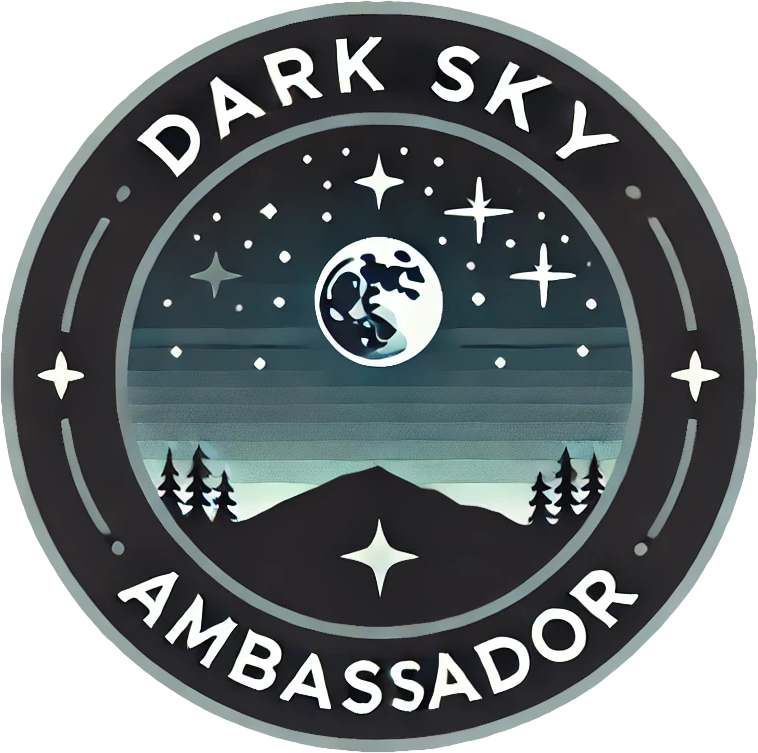Discovering Dark Skies: The Bortle Scale for Stargazers
For anyone passionate about stargazing or astrophotography, one of the most important factors to consider is the quality of the night sky. How dark or bright the sky is can dramatically affect what celestial wonders you can observe. This is where the Bortle scale comes in. Named after amateur astronomer John E. Bortle, the Bortle scale is a nine-level numeric scale that measures the brightness of the night sky at a particular location and its impact on visibility for astronomers.
In this blog post, we’ll dive into what the Bortle scale is, how it works, and why it’s a crucial tool for anyone interested in observing the night sky.
What is the Bortle Scale?
The Bortle scale was first introduced by John Bortle in 2001 as a way to quantify the night sky’s darkness. It ranges from Class 1, representing the darkest skies available on Earth, to Class 9, which describes inner-city skies so bright that even the brightest stars are difficult to see.
Each class on the Bortle scale is characterized by specific features in the night sky that are visible (or not visible) under that level of light pollution. The scale helps astronomers, both amateur and professional, assess how suitable a location is for stargazing or astrophotography.
The Bortle Scale: A Breakdown
Let’s explore each level of the Bortle scale in detail:
Class 1: Excellent Dark-Sky Site
- Sky Conditions: The sky is as dark as it gets, typically found in remote areas like deserts or high mountain regions far from any artificial light.
- Visible Features: The Milky Way is bright and vividly detailed. Zodiacal light, airglow, and even faint meteors are easily visible. The night sky is so dark that distant celestial objects like nebulae and galaxies are often visible to the naked eye.
Class 2: Typical Truly Dark Site
- Sky Conditions: Similar to Class 1 but with slightly more light pollution, though still extremely dark.
- Visible Features: The Milky Way is highly structured and bright. Airglow may be noticeable, and the Andromeda Galaxy is easily visible to the naked eye.
Class 3: Rural Sky
- Sky Conditions: Rural areas with little light pollution.
- Visible Features: The Milky Way is still prominent but lacks some of the detail seen in Class 1 and 2 skies. Zodiacal light is visible, and bright nebulae can be observed with telescopes.
Class 4: Rural/Suburban Transition
- Sky Conditions: A mix of rural and suburban lighting.
- Visible Features: The Milky Way is visible but faint, with only the brightest sections standing out. Light pollution becomes noticeable along the horizon.
Class 5: Suburban Sky
- Sky Conditions: Light pollution from nearby towns and cities is evident.
- Visible Features: The Milky Way is difficult to see, appearing only as a faint cloud. Many stars are still visible, but the sky has a noticeable glow.
Class 6: Bright Suburban Sky
- Sky Conditions: Significant light pollution dominates the sky.
- Visible Features: The Milky Way is nearly invisible. Only the brightest stars are easily observed, and the sky glows with a noticeable light dome from nearby urban areas.
Class 7: Suburban/Urban Transition
- Sky Conditions: The sky is heavily affected by urban light pollution.
- Visible Features: The Milky Way is not visible. Only a few bright stars and planets can be seen. The sky appears gray or orange due to artificial lighting.
Class 8: City Sky
- Sky Conditions: Very high light pollution, typical of a city environment.
- Visible Features: The night sky is dominated by a bright orange or gray glow. Only the brightest celestial objects, like the Moon, planets, and a few major stars, are visible.
Class 9: Inner-city Sky
- Sky Conditions: The sky is extremely bright with overwhelming light pollution.
- Visible Features: Stars are nearly impossible to see, and the sky is washed out. Only the Moon, planets, and possibly the brightest constellations are visible.
Why the Bortle Scale Matters
Understanding the Bortle scale can greatly enhance your stargazing experience. For amateur astronomers, knowing the Bortle class of your location helps you set realistic expectations for what you can observe. For instance, if you’re in a Class 8 or 9 sky, you won’t see the Milky Way, and even major constellations might be hard to spot. On the other hand, a trip to a Class 1 or 2 sky can reveal a universe teeming with stars, galaxies, and nebulae.
For astrophotographers, the Bortle scale is even more critical. Light pollution can ruin long-exposure photos, washing out faint celestial objects and reducing the quality of your images. By choosing a location with a low Bortle class, you can capture stunning, clear images of the night sky.
How to Find Your Bortle Class
There are several tools and resources available to help you determine the Bortle class of a specific location:
- Dark Sky Maps: Websites like DarkSiteFinder and LightPollutionMap allow you to view maps that show the light pollution levels across different regions, often categorized by Bortle classes.
- Mobile Apps: Apps like Stellarium or Clear Outside can provide real-time information about sky conditions, including an estimate of your Bortle class.
- Local Astronomy Clubs: These clubs often have knowledge of the best local spots for stargazing, including information on their Bortle ratings.
Final Thoughts
The Bortle scale is an invaluable tool for anyone passionate about exploring the night sky. Whether you’re an amateur stargazer or a seasoned astrophotographer, understanding the Bortle class of your observing location can help you get the most out of your night under the stars. By seeking out darker skies and being aware of light pollution, you can enhance your ability to observe and capture the celestial wonders that our universe has to offer.
So next time you plan a night of stargazing, check the Bortle scale and choose the darkest sky you can find. You might be surprised by what you can see!


